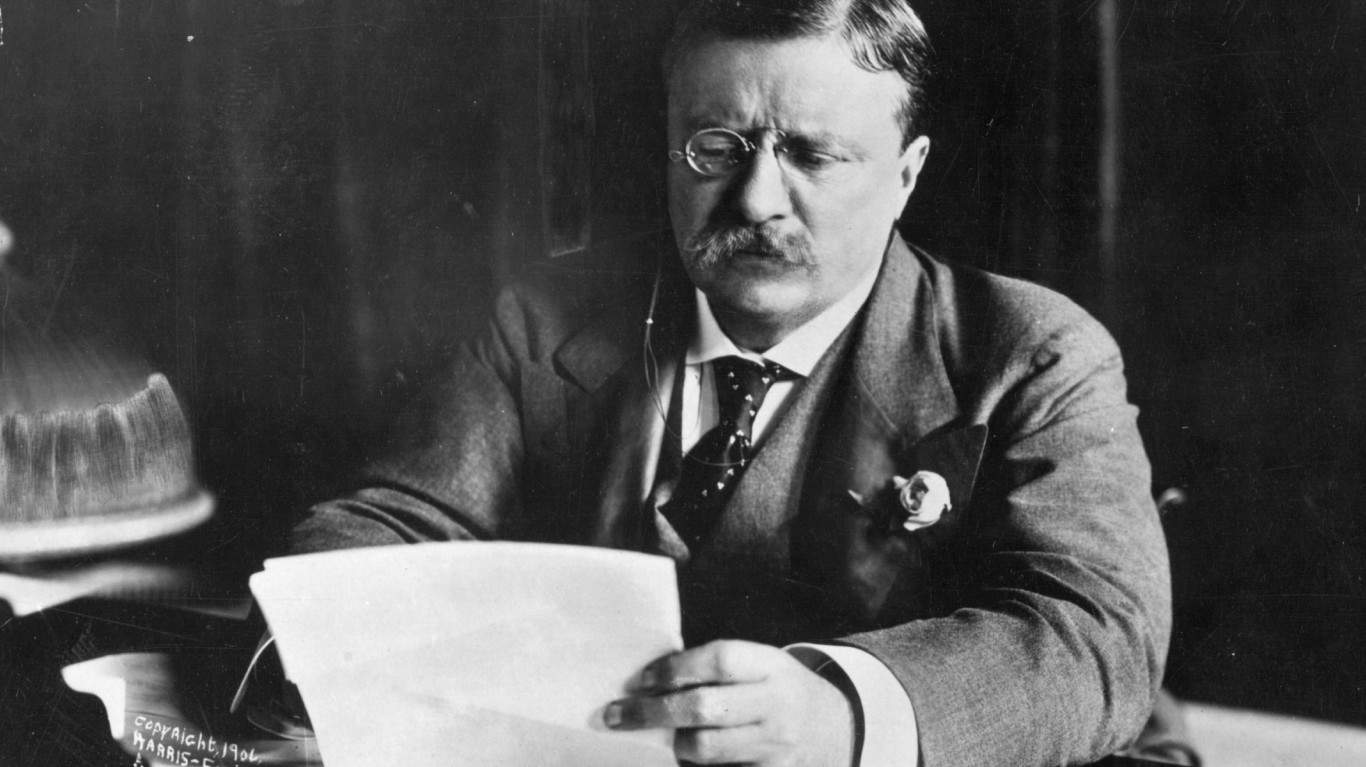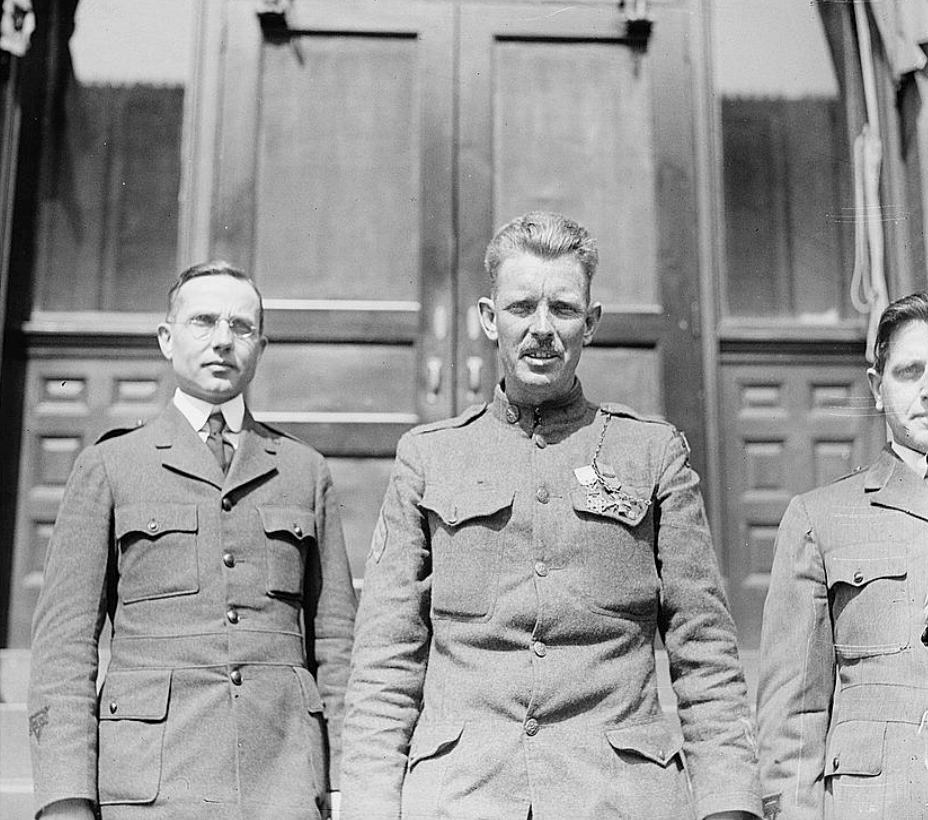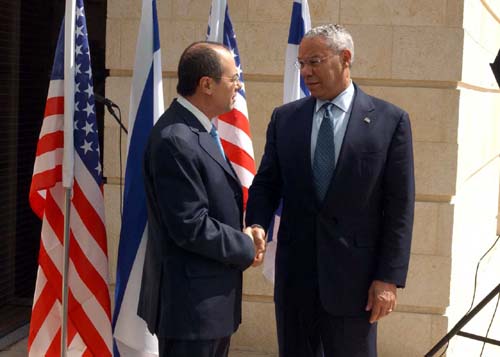On April 25, 1951, enemy forces captured my uncle and held him in a prison camp for over a year. He’d attempted two escapes and faced torture, starvation, and other horrific acts because he wouldn’t agree to North Korea’s Communist ideals of oppressing the poor for the benefit of the wealthy. Almost 29 months later, he was released. He didn’t talk much about it when I was young, and he passed away before I was old enough to truly understand his sacrifices. In my eyes, he’s one of the greatest war heroes in U.S. history, but the Korean War is rarely discussed.
Merriam-Webster defines a hero as “a legendary figure endowed with great strength of ability.” It doesn’t matter what war, what gender, or a person’s belief system. A war hero shows extreme strength and bravery when danger appears. I’m looking at stories of men and women throughout the decades in both major and minor wars. For my list, I am looking for people who put their health or life at stake to help others, whether it’s fellow soldiers or people back home.
People talk about U.S. war heroes like George Washington and Dwight Eisenhower. There’s no question that they left a lasting impact on history, but there are many others. I’m looking at men and women who deserve their time in the spotlight, no matter how well-known they are. Here are my picks for the 18 greatest war heroes in U.S. history. They’re arranged chronologically from oldest to newest wars. (Learn more about some of the battles they fought here: “16 Once-Important Wars No One Remembers Now.”)
President George Washington
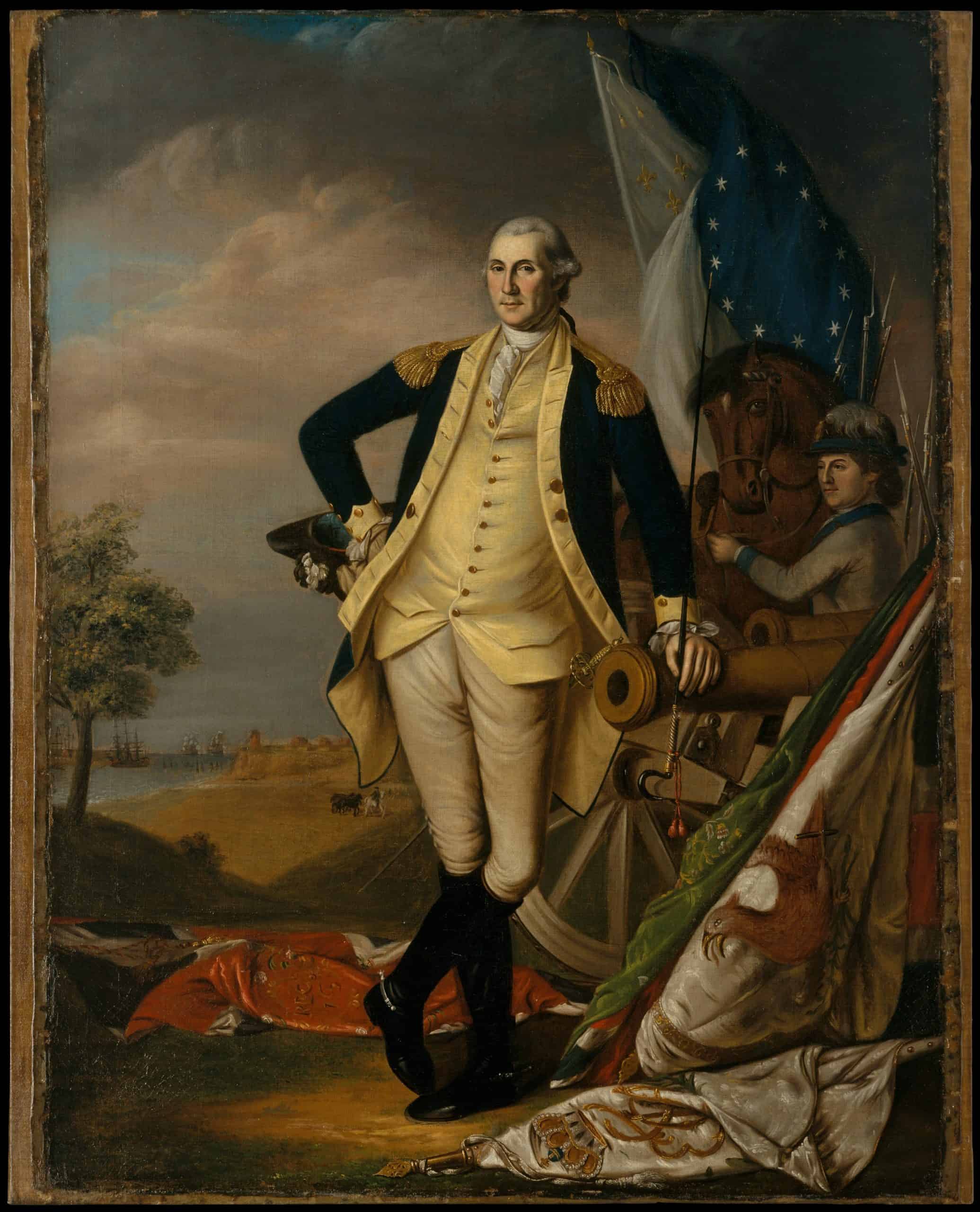
Washington took command of poorly trained soldiers to engage in a six-year war against the British. While he had no experience leading troops, he realized the best plan of action would be to retreat regularly and attack when they weren’t expecting it. Through his tireless command, he achieved success in 1781, even after his troops had fallen victim to illness, cold, and hunger during Valley Forge. The Yorktown victory ended the American Revolution.
- Date: July 3, 1773
- War: Revolutionary
President Ulysses S. Grant
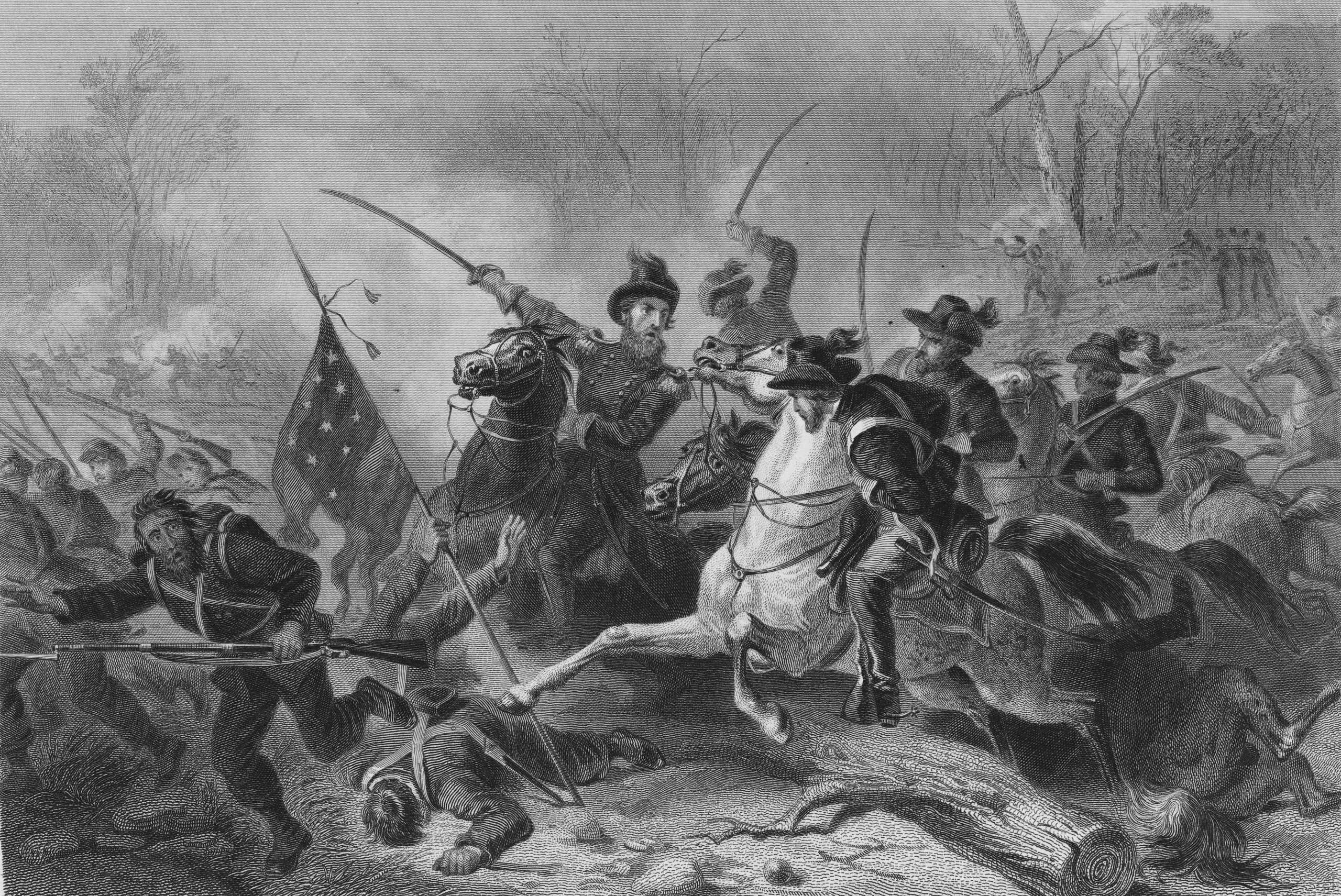
Grant fought in the Mexican War, but he returned to work for his father’s tannery until the Civil War broke out. He was assigned to lead a volunteer regiment, and he quickly climbed in rank. His continued success in battle had him quickly promoted to major general and general-in-chief. Through his efforts and successes, Grant forced General Robert E. Lee to surrender in 1865.
- Date: September 1861
- War: Civil War
J.C. Julius Langbein
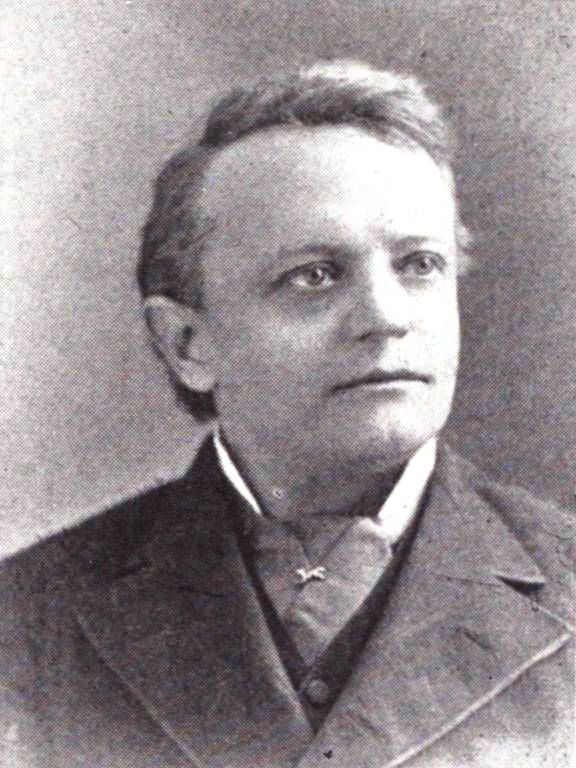
Fifteen-year-old Langbein joined the U.S. Army and volunteered as a drummer boy during the Civil War. He’s one of the youngest greatest war heroes in U.S. history that I’ve found. During a particularly aggressive battle in North Carolina, the teen noticed an injured officer and alerted medical aides to come help. He assisted them in carrying the officer to safety.
- Date: April 19, 1862
- War: Civil War
Robert Smalls
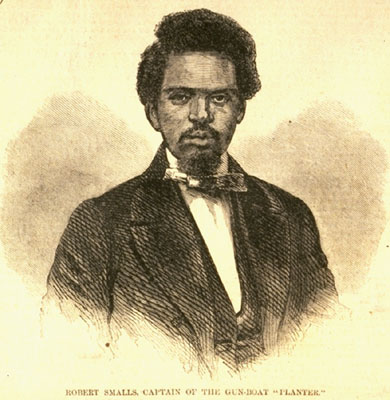
Smalls was one of several slaves aboard the Planter when its white crewmembers went ashore in South Carolina. As Smalls was forced to pilot the ship, he knew what he was doing and stole it, picked up his and other slaves’ family members, and sailed to the U.S. Navy to be freed. With his sill, the Navy enlisted him to fight in the Civil War. His promotion to captain helped him afford the McKee estate, where he’d been enslaved for so many years, and became a politician to end desegregation.
- Date: May 12, 1862
- War: Civil War
President Theodore Roosevelt
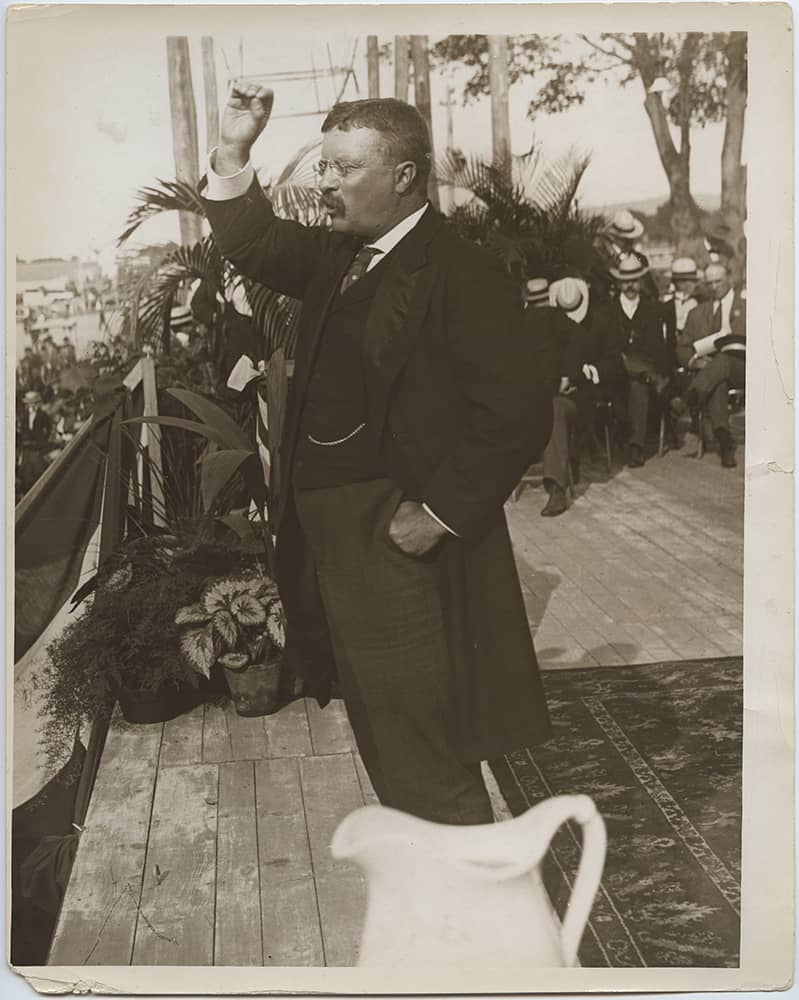
Following his first wife’s death. Roosevelt spent time in the Old West on cattle drives and bounty hunting. As the Spanish-American War broke out, he formed “Roosevelt’s Rough Riders.” The first action ended with seven of his men dead and 34 wounded. During the Battle of San Juan Heights, he led his men up Kettle Hill on foot and succeeded. This secured the Treaty of Paris, which granted the U.S. possession of Guam, the Philippines, and Puerto Rico.
- Dates: May through July 1898
- War: Spanish-American War
Marcelino Serna
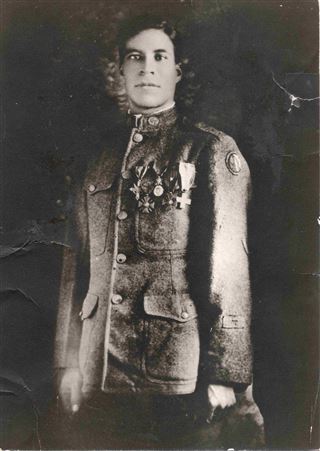
When Serna, an undocumented worker from Mexico, was arrested and threatened with deportation, he begged to enlist in the U.S. Army. Because it was hard to get soldiers willing to fight in WWI, he was given the chance. During a battle in France that killed 12 of his fellow soldiers, he followed their attacker back to his trench where he captured two dozen enemy soldiers and single-handedly killed 26 others.
- Date: September 1918
- War: WWI
Sergeant Alvin York
At the height of WWI, York was responsible for capturing 132 Germans. He’d been drafted and didn’t want to go fight in the war, but he had no choice. He had to enlist or go to jail. On October 8th, his unit took a wrong turn and ended up behind enemy lines. Nine of York’s men died, but he worked his way towards the enemy’s machine gun and got them to surrender.
- Date: October 8, 1918
- War: WWI
Charles Jackson French
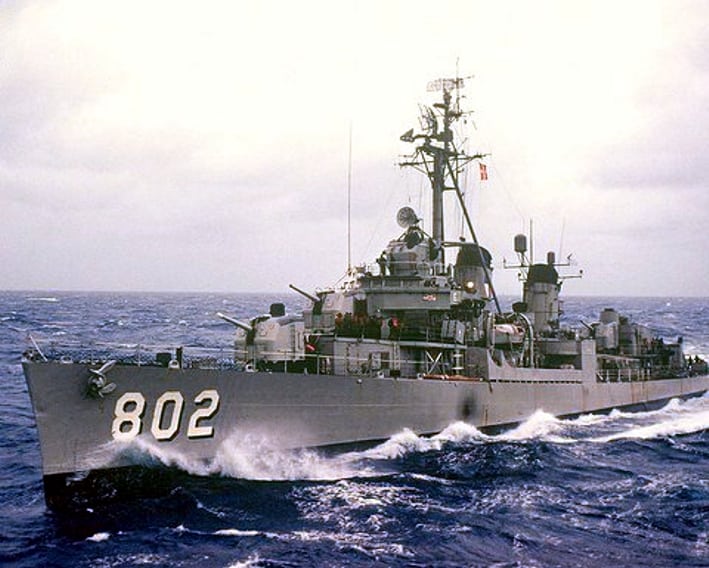
When the USS Gregory started to sink following an enemy attack, French tied a life raft rope around his waist and swam eight hours to bring 15 sailors to the safety of a nearby island. He earned the nickname “The Human Tugboat,” but most of the ship’s crew didn’t even know the mess attendant’s full name, and he wasn’t offered more than a letter of commendation for his efforts.
- Date: September 5, 1942
- War: WWII
Seaman First Class Calvin Graham

From my research, Graham is the youngest person to ever enlist in the U.S. military. He was just 12 when he enlisted, lying about his age in the process. It was during the Naval Battle of Guadalcanal that he was hit by shrapnel, but he helped pull other injured soldiers to safety. When his true age was revealed, he was discharged and his Bronze Star Medal and Purple Heart were revoked. When he was 17, he joined the Marines, where he broke his back during the Korean War, ending his military service for good.
- Dates: November 14 and 15, 1942
- War: WWII and Korean War
Tuskegee Airmen 99th
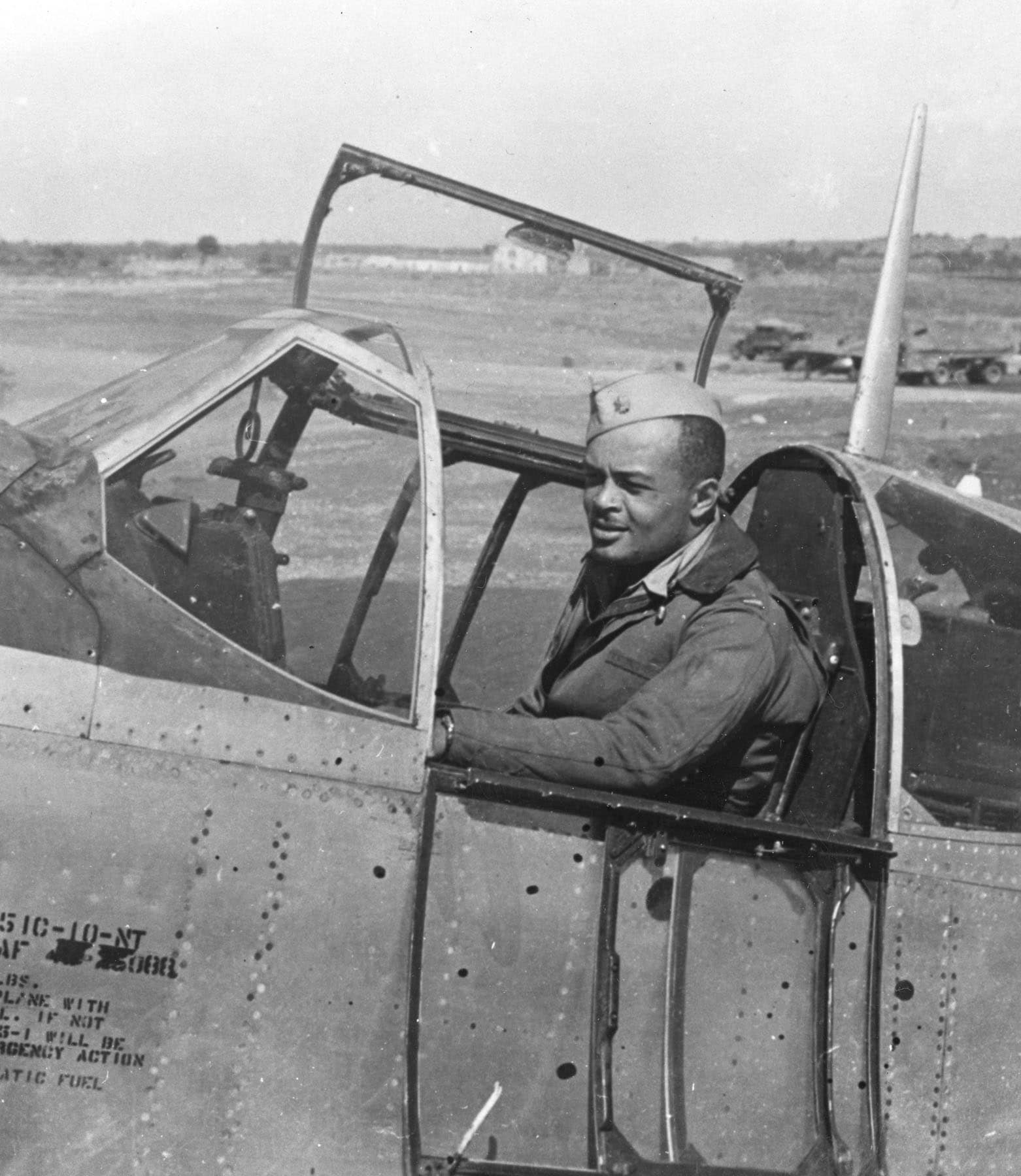
African-American military pilots faced segregation due to persistent racism, but they flew during WWII and were among the top U.S. military heroes. The 99th Pursuit Squadron was the first all-black flying squadron readied for combat duty in 1943. On June 2nd, they flew their first combat mission leading to the surrender of thousands of Italians and dozens of Germans in Sicily, helping to clear the Mediterranean of enemy troops.
- Date: June 2, 1943
- War: WWII
Lieutenant Colonel Matt Urban
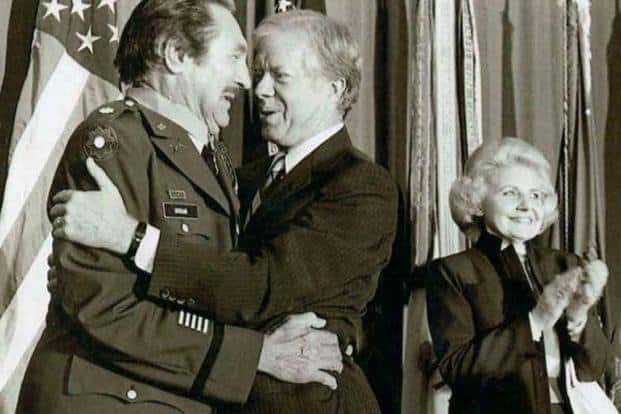
While his actions probably were not the wisest, they prove just how much grit this American war hero had. Urban was injured during combat on June 14th and hospitalized in England. A month later, he learned many from his unit had been killed or injured. He dressed, left the hospital, and hitchhiked back to France to continue fighting. He refused to be evacuated despite three additional injuries.
- Date: July 1944
- War: WWII
Army Corporal Tibor “Ted” Rubin
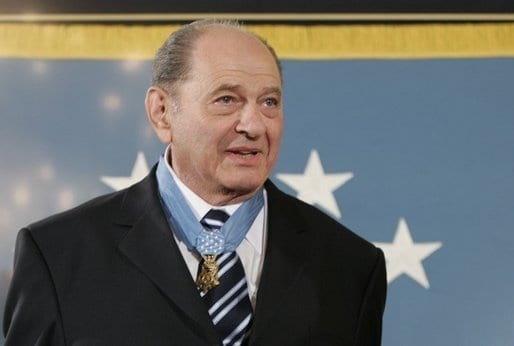
This story is one I did hear my parents talking about when my uncle visited. Rubin was a Hungarian immigrant to the U.S. after his family died during the Nazi internment. He enlisted with the U.S. Army and fought in the Korean War. After Chinese troops attacked his troops, killing many soldiers, he did what he could to hold them off while the troops retreated. After being captured, he snuck out of his POW camp at night to steal food from the storage units and gardens to ensure his fellow POWs didn’t starve to death.
- Date: October 30, 1950
- War: Korean War
Army Colonel Paris Davis
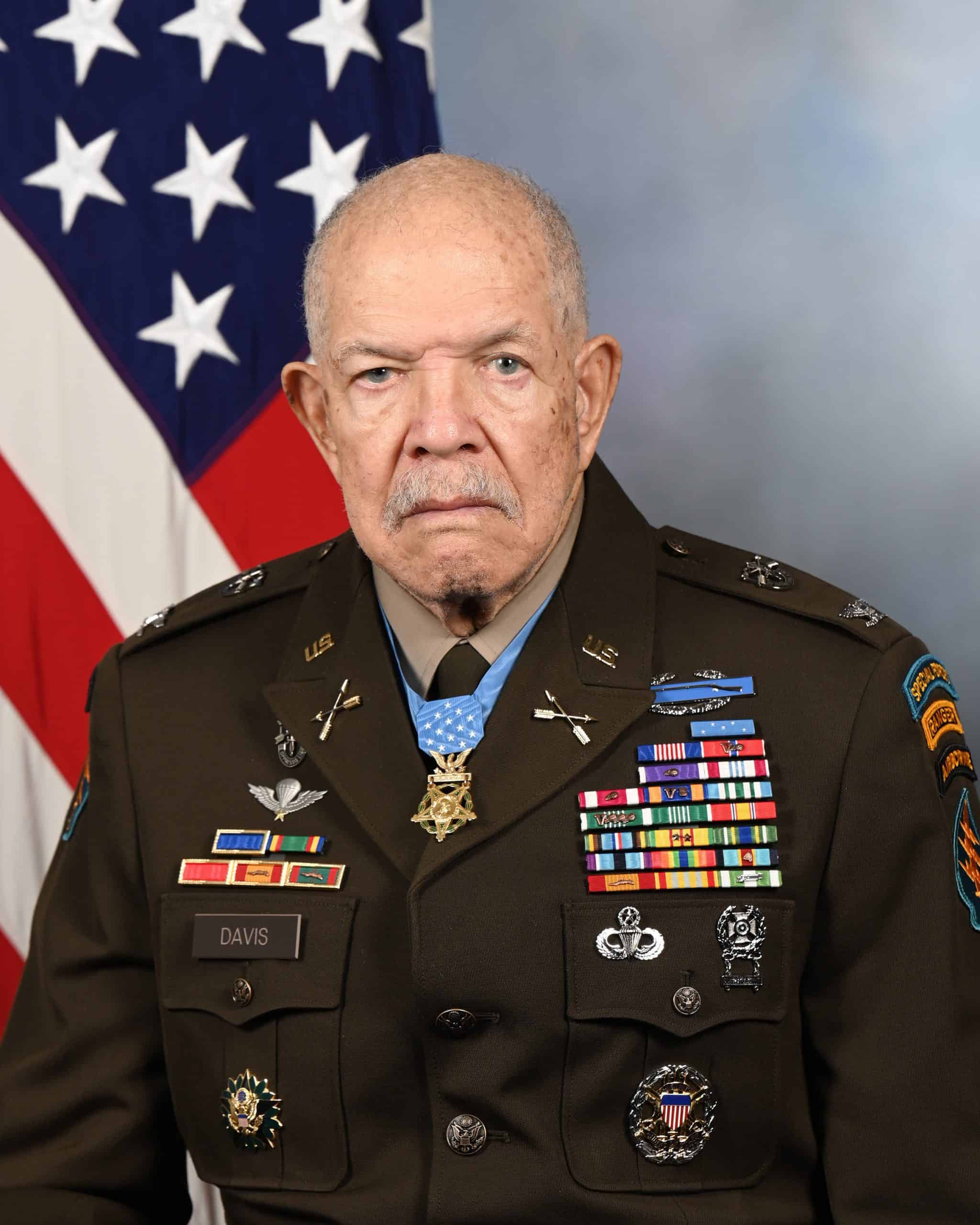
Davis’s second Vietnam deployment found him commanding the 5th Special Forces Group, 1st Special Forces. His troops raided a Viet Cong stronghold in Binh Dinh and were dealing with an enemy attack when Davis lost part of his trigger finger when a grenade was thrown towards him. He still managed to take down multiple enemies and carried one of his men to safety. He refused to be airlifted for medical care until all of his men were evacuated.
- Dates: June 17 and 18, 1965
- War: Vietnam War
Army Specialist Lawrence Joel
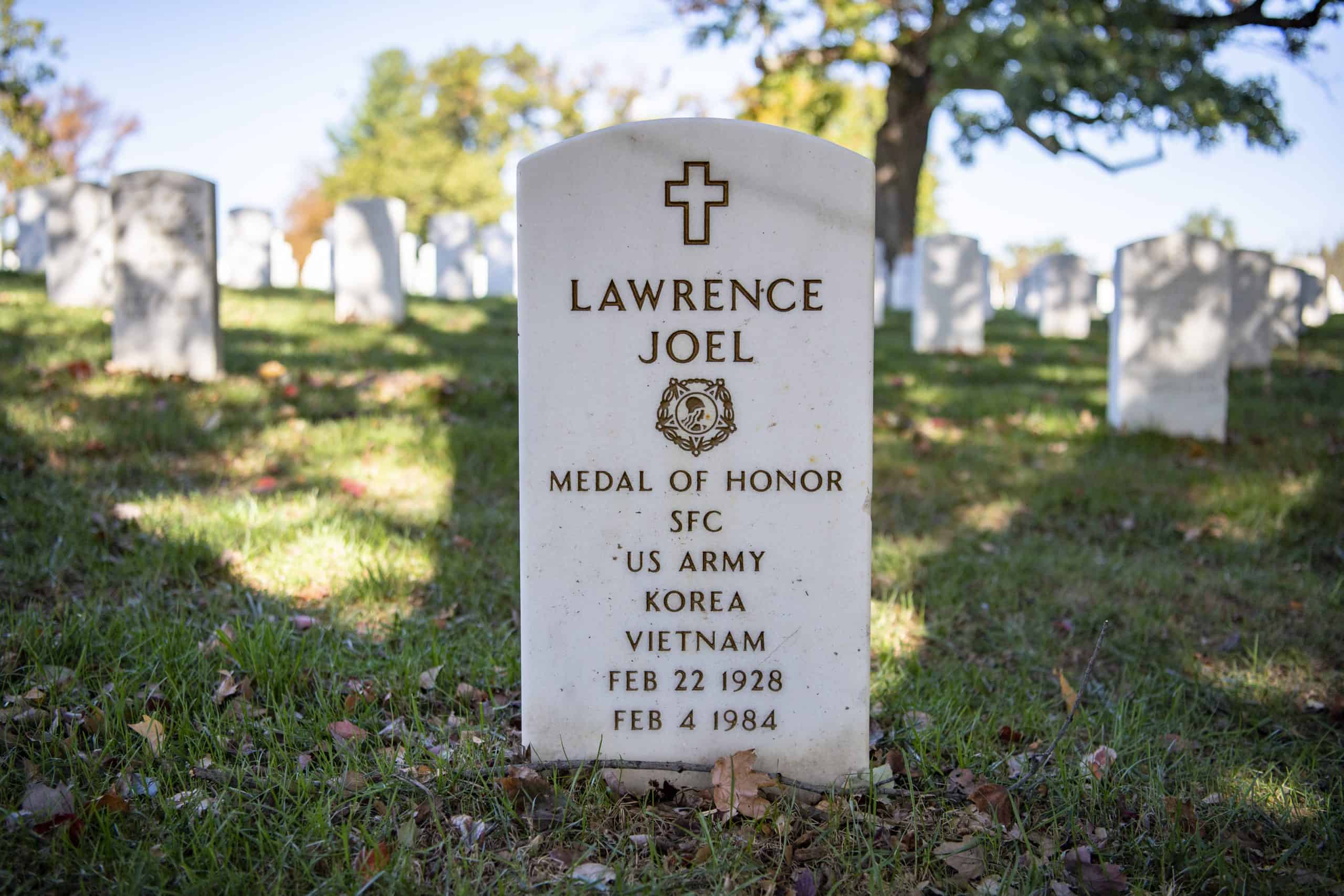
During an ambush with 1,200 enemy soldiers firing at U.S. troops. Joel was helping wounded soldiers when he was shot in the leg with a machine gun. He gave himself a dose of morphine, bandaged his leg, and continued providing the necessary care to his fellow soldiers. His actions led to him treating more than a dozen men and saving the life of a man shot in the chest.
- Date: November 8, 1965
- War: Vietnam War
Secretary of State Colin Powell
Powell’s 35-year military career would have him serving two tours in Vietnam. During the first tour, he stepped on a punji stick trap and ended up with a serious infection putting an end to that tour. He returned in 1968. He was in a helicopter crash, but he pulled three others from the burning wreckage.
- Date: 1962 to 1963 and 1968
- War: Vietnam War
Army Captain Larry Taylor
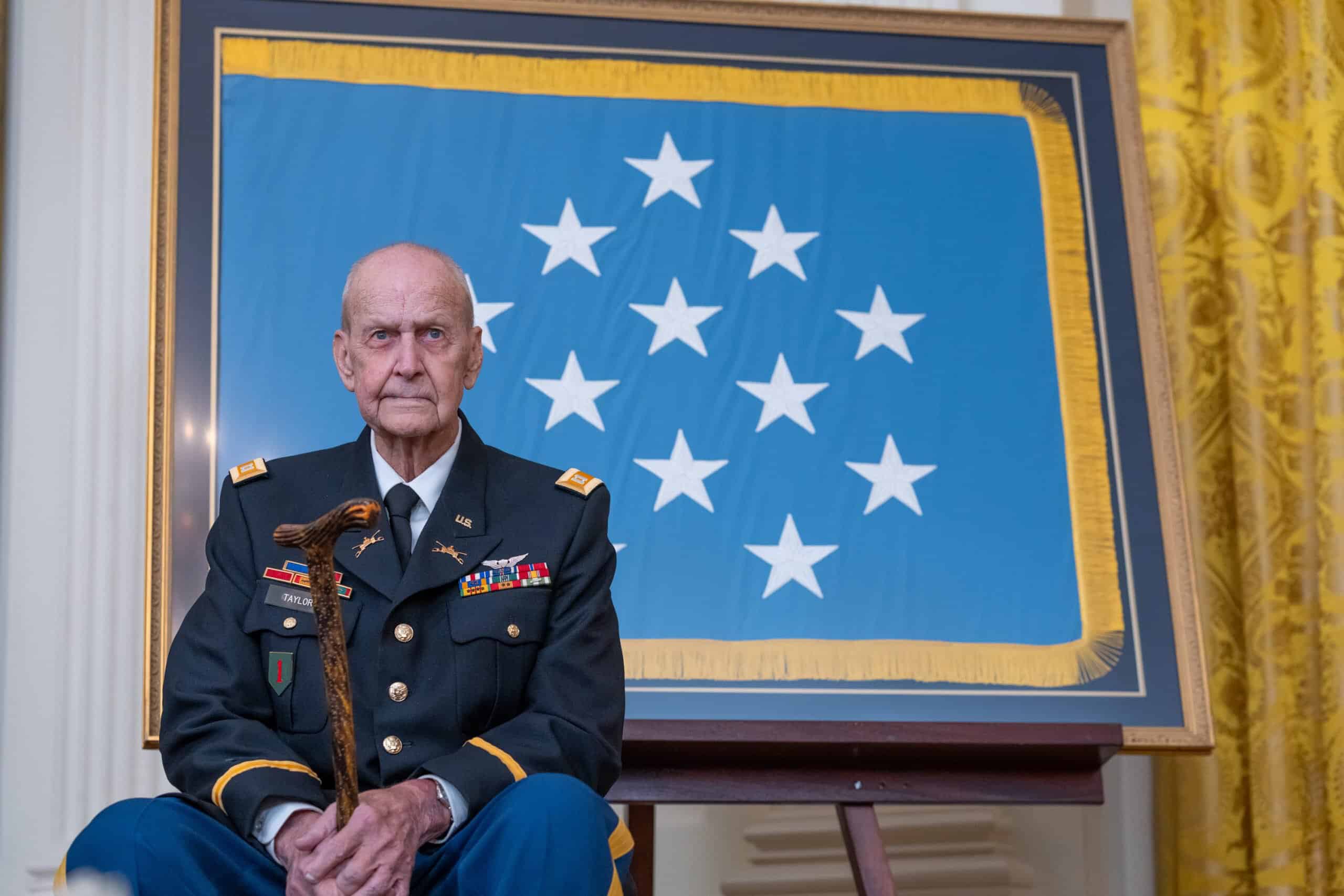
During the Vietnam War, a small group of soldiers were surrounded and required rescue. Taylor’s team used smaller helicopters to fire upon the enemy, but it was determined that even with their help, the UH-1 Huey trying to rescue the men couldn’t complete the mission. Taylor decided to use his two-man Cobra and get the troop members out on his own by having them grasp onto the helicopter while he carried them to safety.
- Date: June 8, 1968
- War: Vietnam War
General H. Norman Schwarzkopf
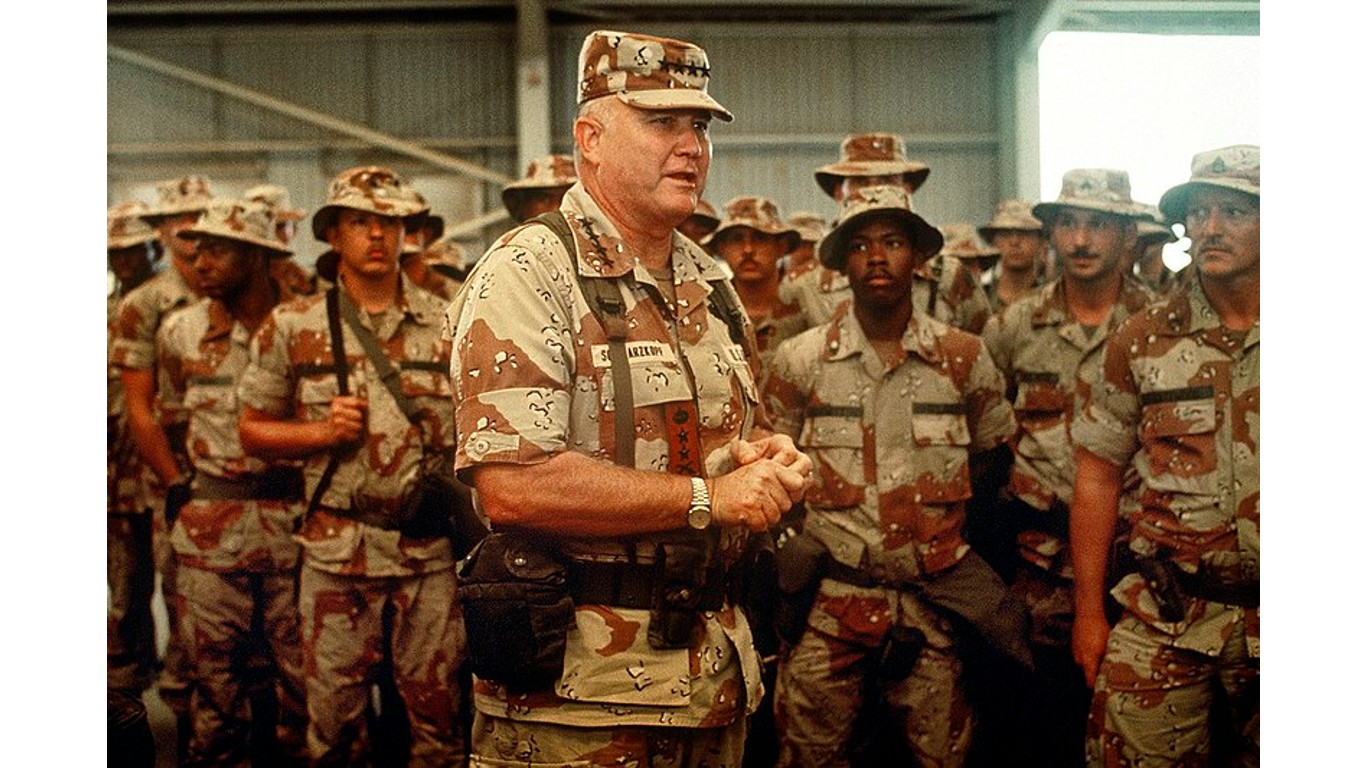
The reality is that there are multiple wars where Schwarzkopf played key roles in ending things as peacefully as possible. He was integral in the Grenadian coup where fears were that American students would be taken hostage. Operation Desert Shield is the war people often associate him with. When Desert Shield failed and turned into Desert Storm, he ordered a faked landing on Kuwait to distract Iraqi forces so Allied troops could advance and secure Iraqi surrender.
- Dates: August 2, 1990 to February 28, 1991
- War: Gulf War
Army Colonel Rick Rescorla
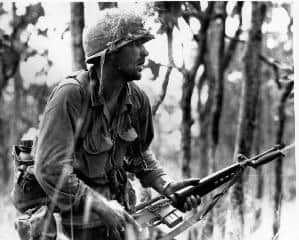
British-born Rescorla served in the British Army before moving to the U.S. and joining the U.S. Army. During the Vietnam War, he was known as the Army lieutenant who would sing Welsh and Cornish songs from his childhood to help ease the soldiers’ anxiety. He’d go on to be a civilian hero, too, when he helped people escape the World Trade Center on 9-11.
- Dates: 1965 and September 11, 2001
- War: Vietnam War
Those are 18 of the greatest war heroes in U.S. history. Now, explore more about military actions by reading “The Shortest Wars of All-Time.”
